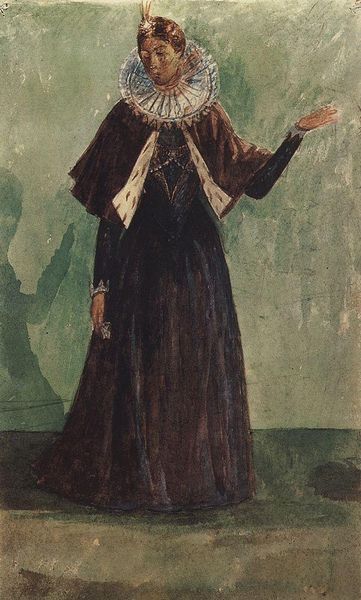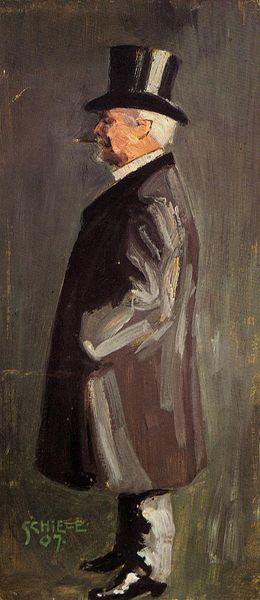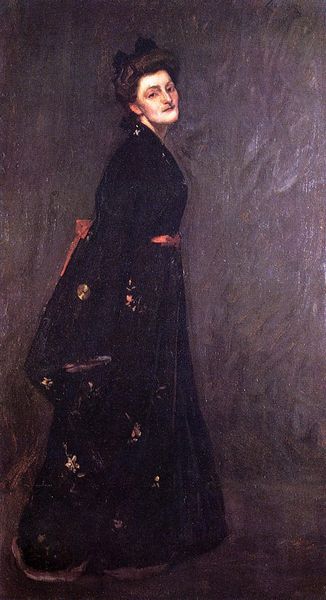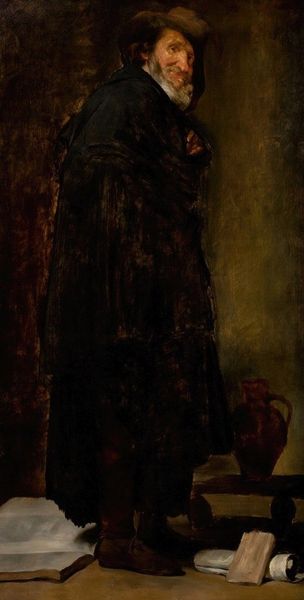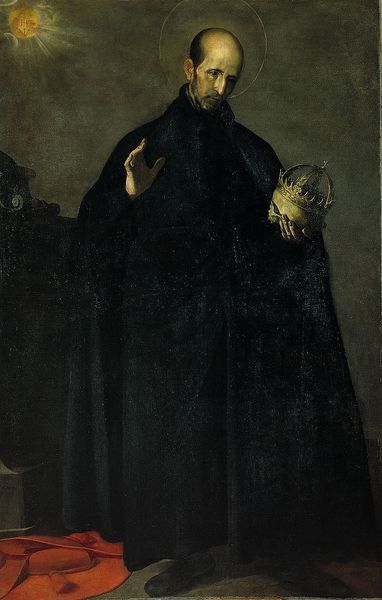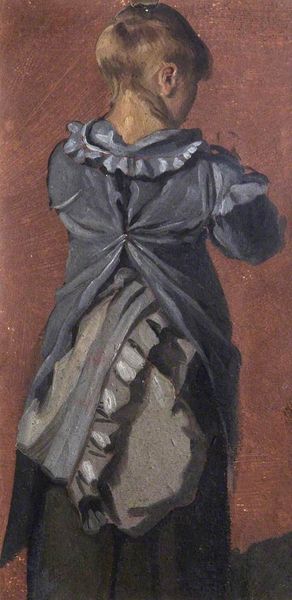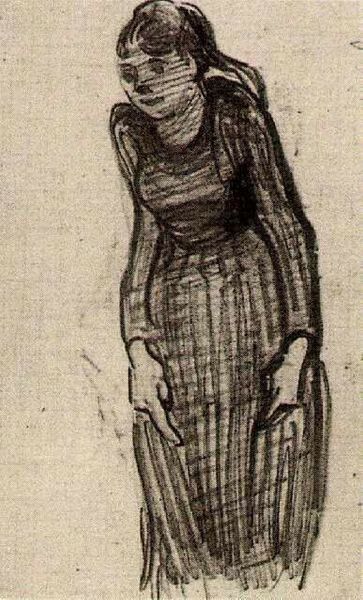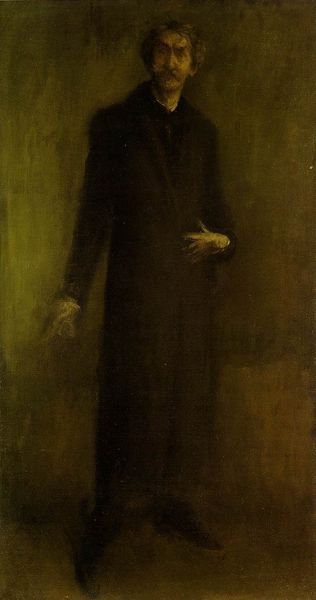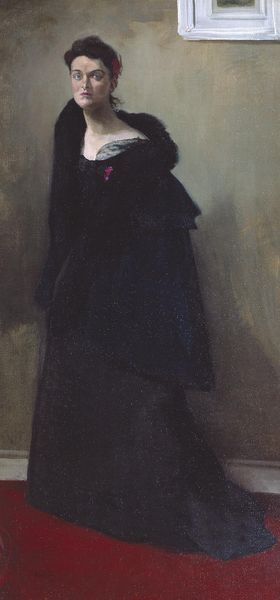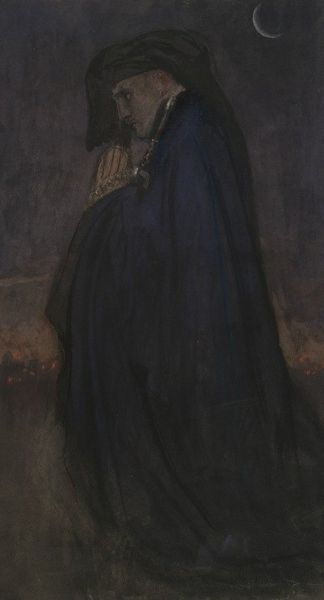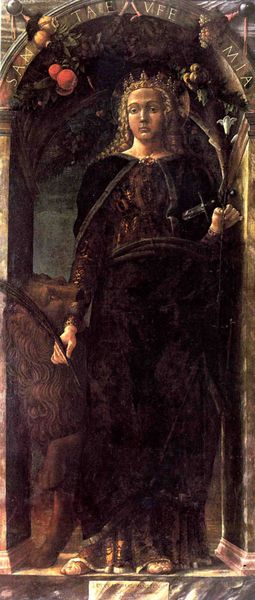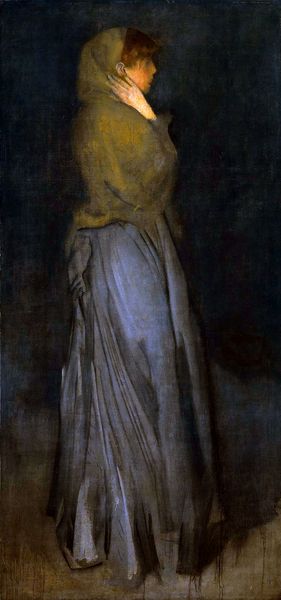
oil-paint
#
portrait
#
oil-paint
#
figuration
#
oil painting
#
russian-avant-garde
#
portrait art
#
modernism
Copyright: Public domain
Editor: So, this is "Abbess," painted by Boris Kustodiev in 1908, using oil paints. The sheer volume of fabric in her cloak is immediately striking to me. What's your take? Curator: Look at the materiality of the paint itself. See how Kustodiev uses thick, almost sculptural strokes to depict the Abbess’s garments. Consider the labor involved. This wasn’t a quick sketch; the application suggests hours, perhaps days, of deliberate, physical work. Think about the economic context, too: the cost of materials, the artist’s time. It raises questions about patronage and the role of religious institutions in funding art. Editor: That's fascinating! I hadn't thought about the economic side of it. Does the Russian Avant-Garde movement factor into this approach at all? Curator: Absolutely. Though a portrait, it challenges the conventions of high art by focusing on the means of production. Kustodiev draws attention to the very process of making, shifting the focus from purely representational concerns. Consider how the almost gestural brushwork democratizes the subject by de-emphasizing a more realistic rendering, and think of how the raw surface challenges hierarchy. Editor: It sounds like you're saying that he's breaking down the traditional ideas of portraiture and moving the art beyond the single image of the person, even if that wasn’t his express intention. Curator: Precisely. This portrait can also invite thoughts about class—did her garment function as a signifier of labor and a uniform connected to a place of employ and station, or simply a signifier of wealth, a purely ornamental luxury item. Editor: This focus on the tangible making of art has really shifted my perspective. It moves the conversation beyond just aesthetics. Curator: Yes, it underscores how material culture shapes our understanding of art, and it prompts one to inquire after labor relations of manufacture in that historical and geographic moment. Editor: Thanks, that's been a huge help in understanding Kustodiev’s intentions. I'll definitely be looking at art with a more material eye now!
Comments
No comments
Be the first to comment and join the conversation on the ultimate creative platform.
